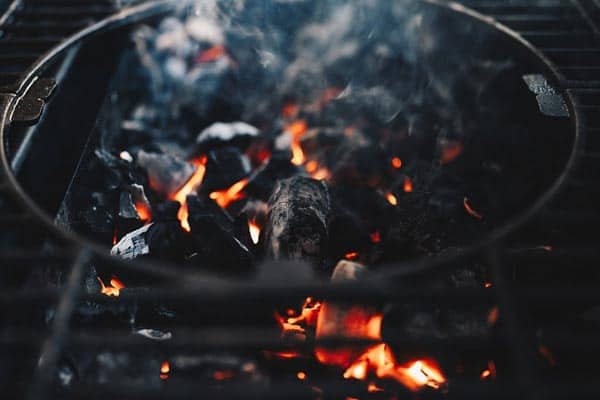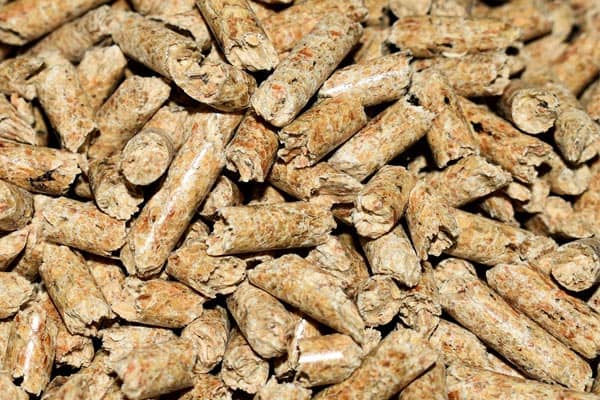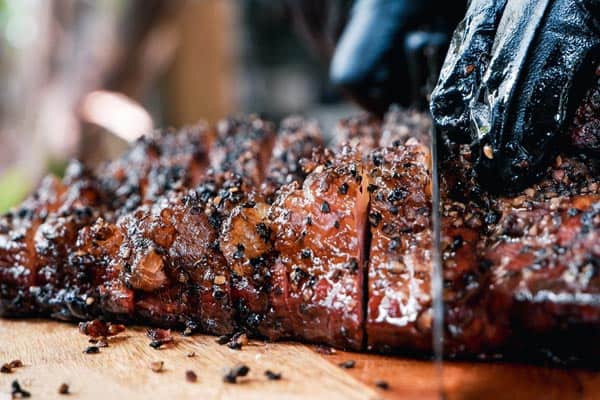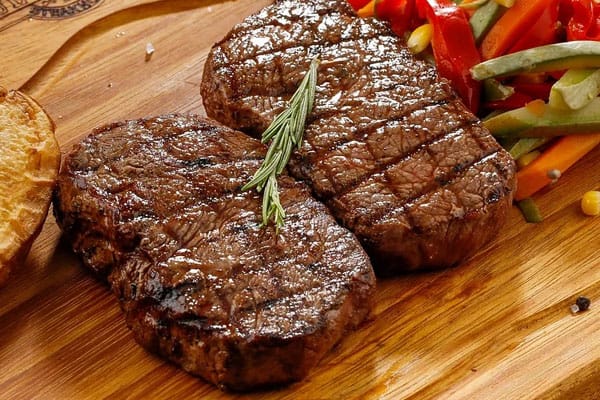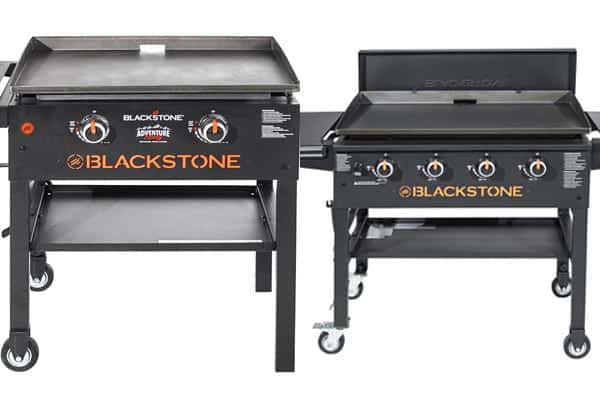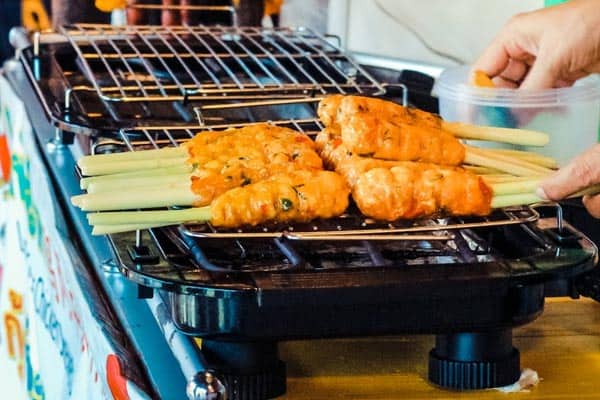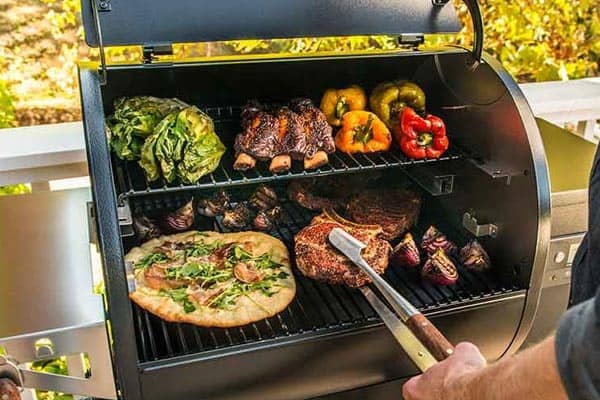How To Keep Your Charcoal Grill Lit and Tips for Building a Strong Fire
It can be very intimidating to try and start a strong fire, and it gets even more intimidating when you realize you’re going to have to work to maintain it.
If you add in charcoal as the fuel source, you’ll realize that there is a learning curve involved. However, having a basic knowledge of charcoal and the correct equipment can help you create a strong fire that stays burning as long as you grill out.
If you’re wondering how to keep a charcoal grill lit, start by getting rid of the cooking grate. Take the top off and set it aside before opening the grill’s bottom vents. The goal is to get as much air as possible to the charcoal in order to start a very strong fire. Clean out any ash because it will keep your charcoal from lighting evenly and smother the fire.
Choose the Correct Charcoal to Keep Your Grill Lit
Before we get into the methods you can try to keep your charcoal grill lit, we’re going to talk about the charcoal itself. Picking out the correct type will give you a solid foundation for your fire, and there are two main types to consider.
- Charcoal Briquettes – Briquettes feature a mixture of organic byproducts and wood that use a binding agent to hold together. This can negatively impact the flavor profile, and briquettes can burn up to 60 minutes from the time you start them. However, they have a composition that makes them more challenging to start in the first place.
- Lump Charcoal – Lump charcoal uses pure carbon in the makeup to make it a safer and more natural fuel source. Although this type of charcoal does burn out much quicker, it’s a lot easier to maintain and light. You may use excessive amounts if your recipe requires a long cooking time.
Two Methods for Starting and Maintaining Your Charcoal Grill’s Fire
Once you pick out the type of charcoal you want to use, you can use one of the following methods to keep your charcoal grill lit. You may have to experiment and see which method works best for you.
1. Lighter Fluid
Remove the cooking grate from your grill and open the bottom vents before setting the top of the grill to the side.
This will allow as much air as possible to get to your charcoal, and this will help you start a strong and even fire. Clean out any ash you see in this step because ash can stop your charcoal from lighting evenly and smother your fire.
Create a pyramid shape of charcoal that peaks in the center of the grill. You can manually place your charcoal, or you can aim for the center when you pour your charcoal in, and they’ll naturally start to form this pyramid shape.
Depending on the size of your charcoal grill, the number of briquettes you use will vary.
Ideally, you’ll start with half the amount of briquettes we list below. Once you get a fire going and it gets hot, you can add five to seven pieces of charcoal at a time to get your fire burning hotter.
- Portable Grill – A smaller or portable grill will need between 25 and 30 pieces of charcoal when you start the fire. So, you’ll put between 12 and 15 in for the first pyramid to start it.
- Average Grill – For an average or medium-sized charcoal grill, you’ll need around 40 briquettes. Add 20 in right away and build your pyramid before slowly adding the rest.
- Industrial Grill – Finally, a larger industrial-style grill will need roughly a full bag of charcoal to cook. Pour half of the bag in to get the fire started before slowly adding the other half.
Get your lighter fluid and squirt a small amount into the pyramid’s center without drenching the charcoal because saturating it will cause a very thick smoke to form because it takes a while to burn.
The goal is to get the lighter fluid in the center because you only need enough to get a few pieces burning, and they’ll start the rest.
Soak your briquettes in lighter fluid for two or three minutes before you start your grill or light anything. These few minutes are all the lighter fluid needs to soak into the charcoal’s top layer and create an even burning environment.
After a few minutes, apply a second light layer of lighter fluid around your pyramid, and it should only soak in for a few seconds.
These are the areas that will catch on fire once your middle heats up and starts burning, so you don’t want to soak the charcoal, or you’ll end up with a dangerous phenomenon called a flare-up.
Get an electric lighter or a long match and light your charcoal pile in two or three places where you deposited the lighter fluid. The fire will most likely be very large when it first starts before it burns the lighter fluid off and calms down.
When the flames start to die down, you want to see a whitish-grey coloring with smoke in the middle of the pyramid because this means that your fire caught.
Once most of the briquettes have a whitish-grey ash layer, it’s time to spread them out to get your fire ready to cook on. You want to see the inner coals in your pyramid burning a nice red or orange color at this point.
Spread the burning coals out in whichever pattern you like, and it’s time to add more if you plan to grill for hours at a time.
Generally speaking, you want to add one or two handfuls of fresh charcoal every 30 minutes to keep it burning. You should have one or two layers of charcoal over the entirety of your grilling space because it maintains the heat level by staying in close clusters.
Grill until you’re ready to quit for the day and seal any unused briquettes you have left for the next time. Clip the top of the bag closed to prevent the additives you find in charcoal from evaporating. If you don’t, they’ll be much harder to light the next time you use them.
2. Chimney Starter
A chimney starter will help you quickly get strong and even fire with minimal effort. You can buy one for $15 to $30 at almost any camping or cooking store, and you can get it to work without using a large amount of lighter fluid. Since the fluid can influence the taste, many chefs recommend this method.
To start, get two to four pieces of newspaper that you lighter ball up and put in the bottom of the device.
This should be a loose ball because you want oxygen to get to the fire, and the paper acts like a very quick and big match to start your charcoal on fire. Once you have your paper, add wood chips or charcoal to the top.
You want to add enough charcoal to fill your entire grill to ensure everything has an even burning surface. Light your paper from the bottom of the starter in two or three different places using a grill lighter or a long match to avoid burns.
The paper burns very quickly while the starter concentrates the flames and hot air to ignite the charcoal on the bottom of the pile.
Since the bottom briquettes will light the charcoal going up the chimney, you want to set it down on the grill grate or a heat-resistant surface as it starts to burn.
Never leave it unattended because it can get extremely hot and cause a fire. Once everything starts burning, dump the briquettes on the grill.
By this time, you want the top pieces to have whitish-grey ash covering to them, and this usually takes 10 to 15 minutes after you light the paper in the bottom.
Dump your coals into the grill’s center if you want to heat the entire grill or on half of the grill if you want to have indirect and direct cooking areas.
If you plan to have a long grilling session, you’ll want to add several handfuls of charcoal to the pile now, so they catch before the current ones start to fade.
Your vents should be open to help create a larger fire, and you want to keep the lid open when you position the coals around and sear your food. To cook more slowly or smoke your food, close the lid.
Tips to Keep Your Charcoal Grill Lit
Getting a fire started is half of the battle, and you want to keep it lit and burning as long as you have items to grill. There are several things you can do to ensure this, and we outlined them for you below.
Get Strong Direct Heat by Packing Your Charcoal Together
Your charcoal starts in a tight pile, but you’ll need to use tongs to keep everything together as you work because single briquettes will do little to retain any heat.
There are two different styles you can use to accomplish this, and we outlined them below.
- Even Grilling Style – Place one or two layers of charcoal along the entire bottom of your grill. This will encourage your fire to burn at an even and consistent temperature. This is the style to use if you want to cook your food fast without indirect heat.
- Two-Zone Grilling Style – Push all of your burning briquettes onto one side of your grill while leaving the other side bare. You’ll cook your food very rapidly right over the coals, and you can cook at a slower pace using indirect heat on the opposite end of the grill. This allows you to smoke your food or use the empty side of the grill as a warmer.
Open the Vents
In order for your fire to reach the hottest temperature possible, you’ll have to open the bottom and top vents to allow as much air to flow through as possible.
If you want more control over your heat and fire, you can close one or both of the vents halfway, but you don’t want to close them completely because this can smother your fire, and it’ll die out.
Routinely Empty the Ash
As your charcoal burns, it will produce a lot of ash as a residue that will build up in the bottom of your grill. You’ll find a small lever on the bottom of your grill that allows you to operate your vents, and this is the same lever you use to open the vents wide enough for the ash to slip out. Make a point to routinely get rid of the ash to keep your fire strong.
Add Wood to the Briquettes
Wood can burn a lot hotter than charcoal, and this can lend a nice sear and smokey flavor to your food.
You can combine pieces of hardwood with your briquettes to slow down the wood’s faster burning time and help feed the fire. There are wood chips you can buy, or you can get smaller pieces of hardwood and toss them into the fire.
Add New Coals
Don’t wait until the last minute when your briquettes are cool to add more to them. When you have around half of the briquettes you started with, add 5 to 10 pieces of new charcoal.
This is roughly every 30 minutes, and you should wait 10 to 15 minutes for the new pieces to catch and turn that whitish-grey coloring before you continue cooking.
The only time you don’t have to add new coals is when you’re wrapping up your grilling session and want the fire to die down.
